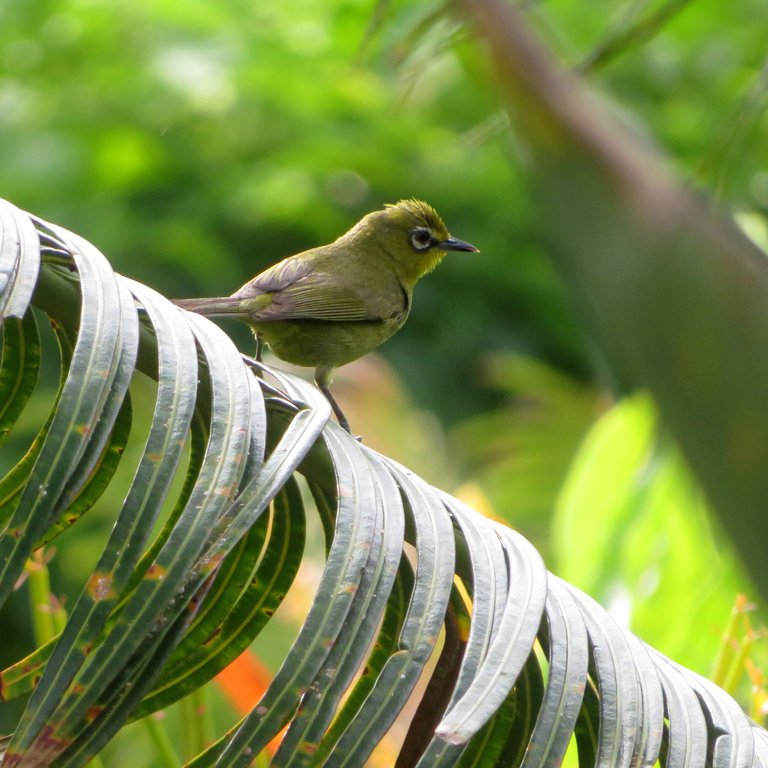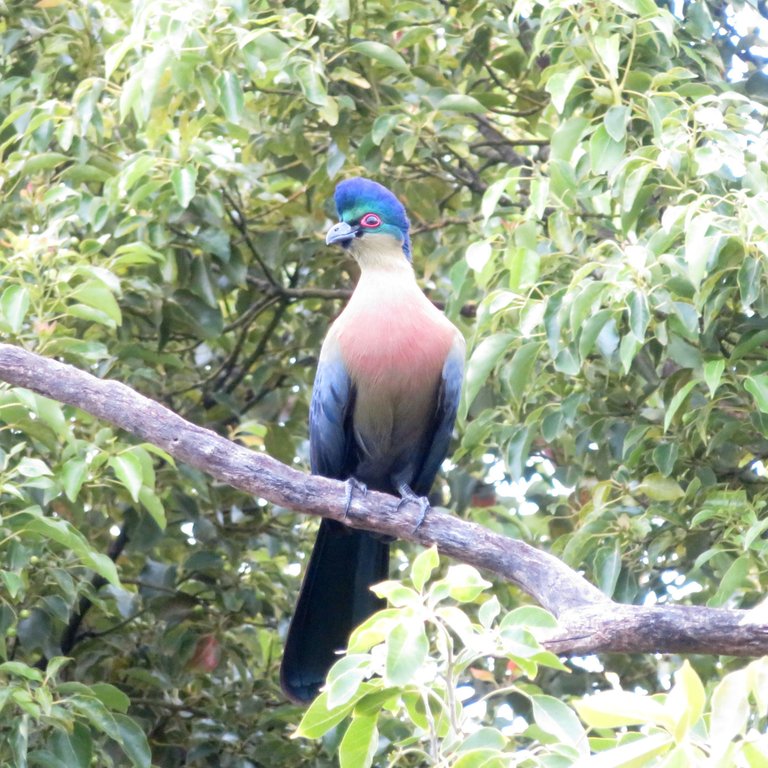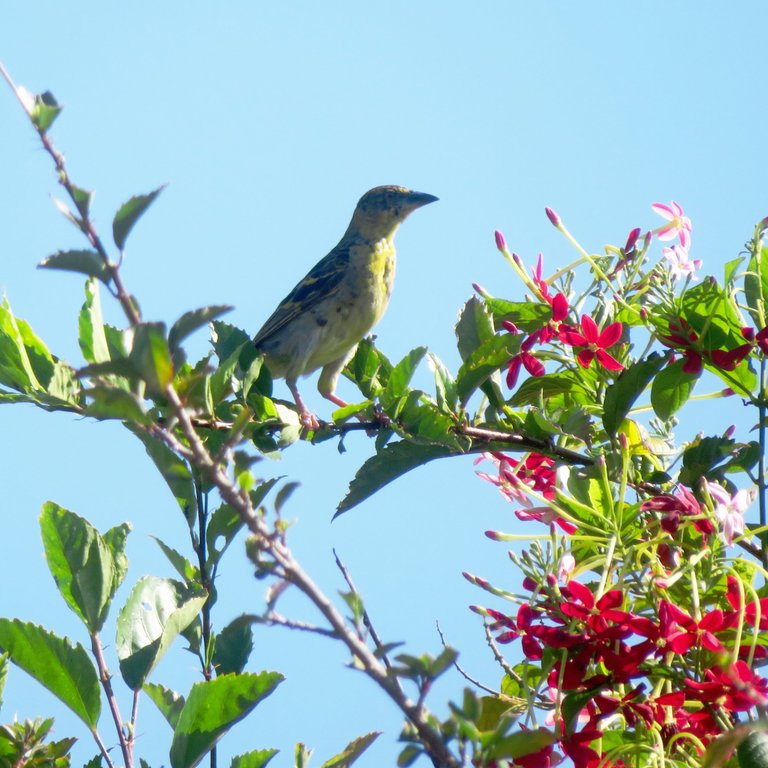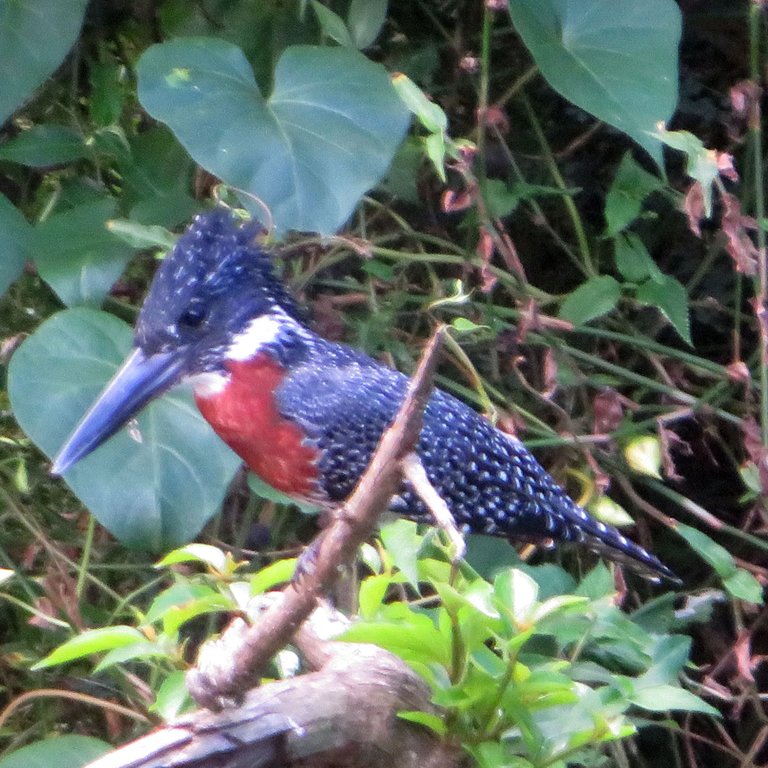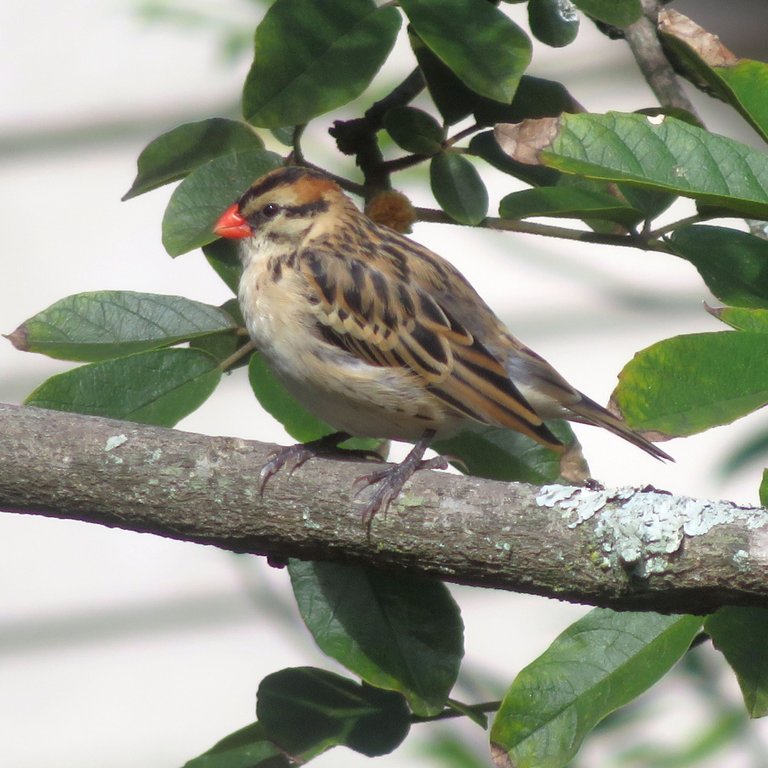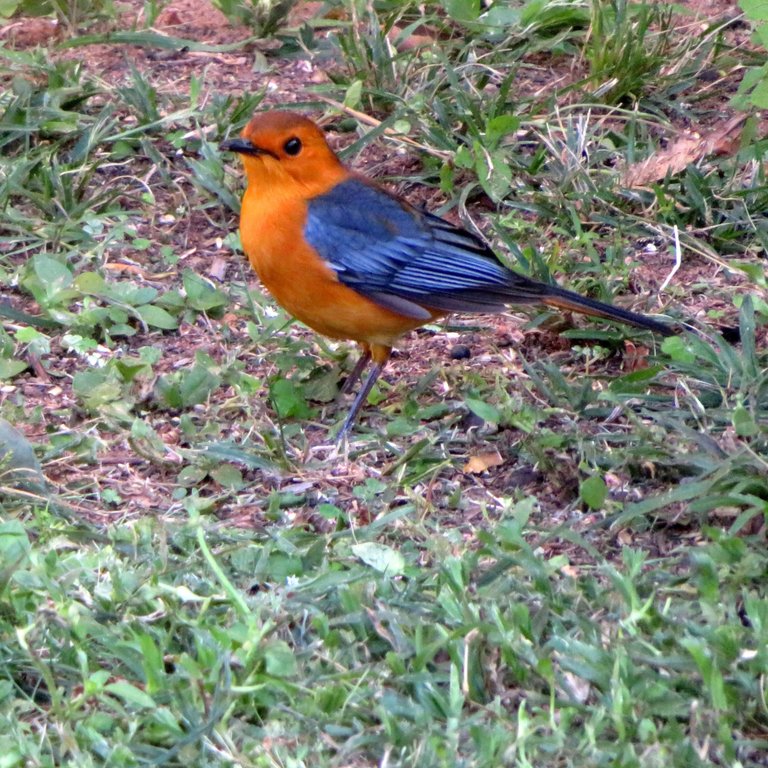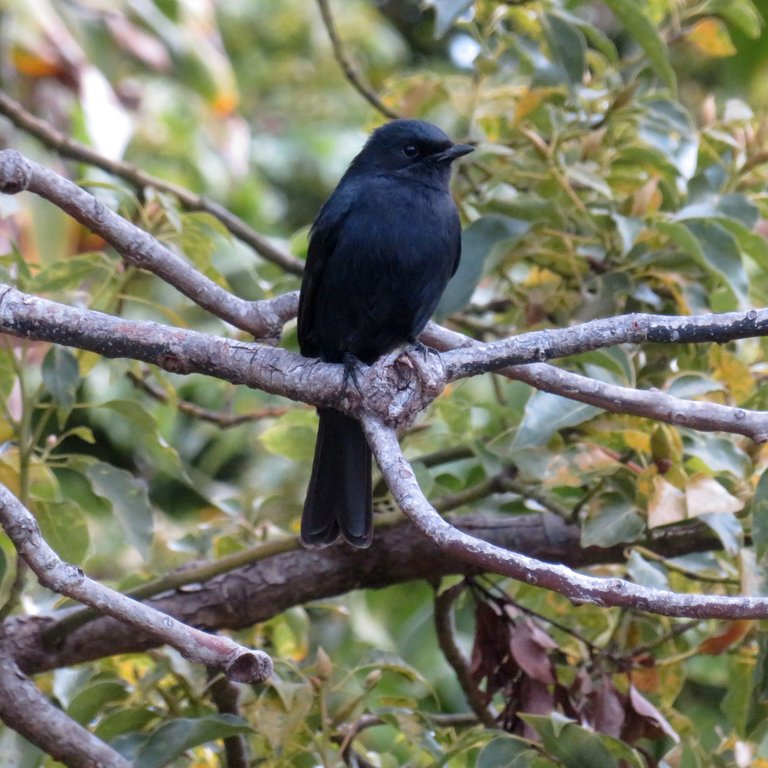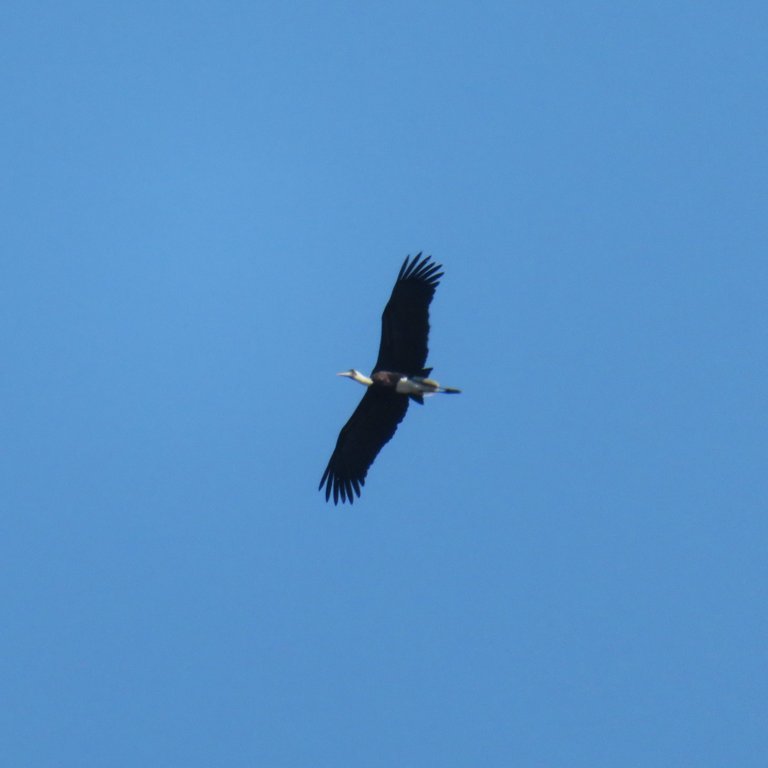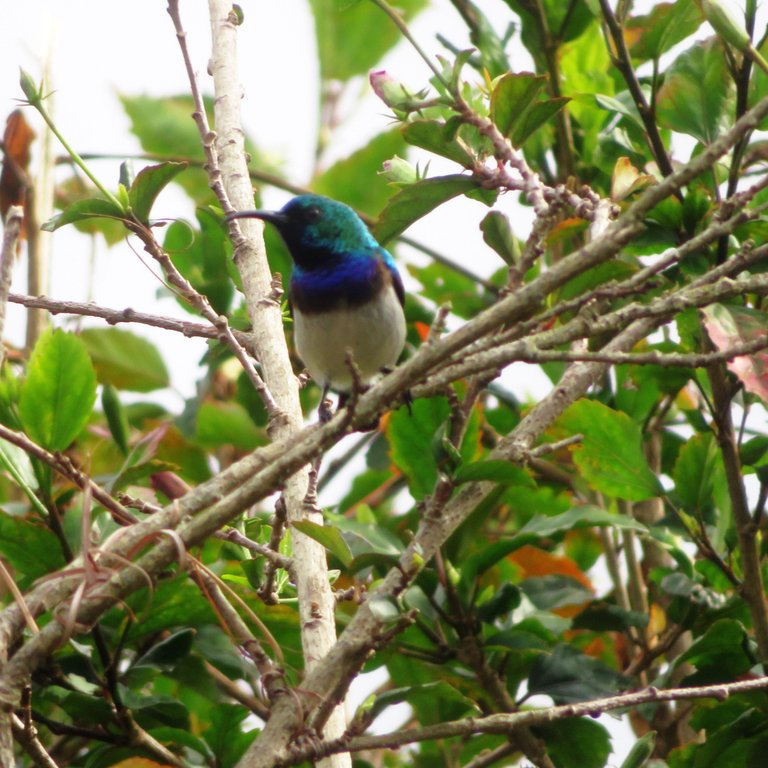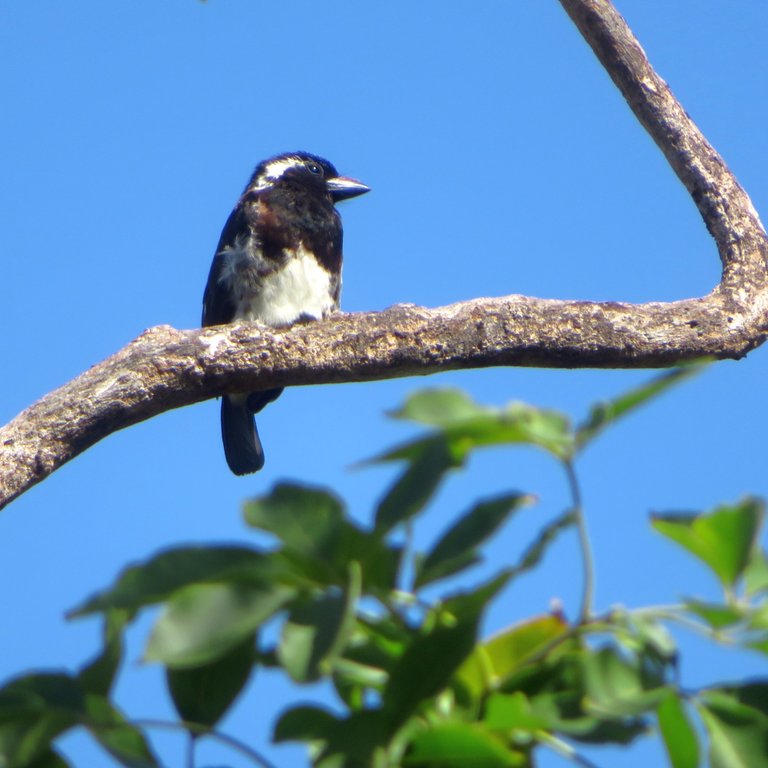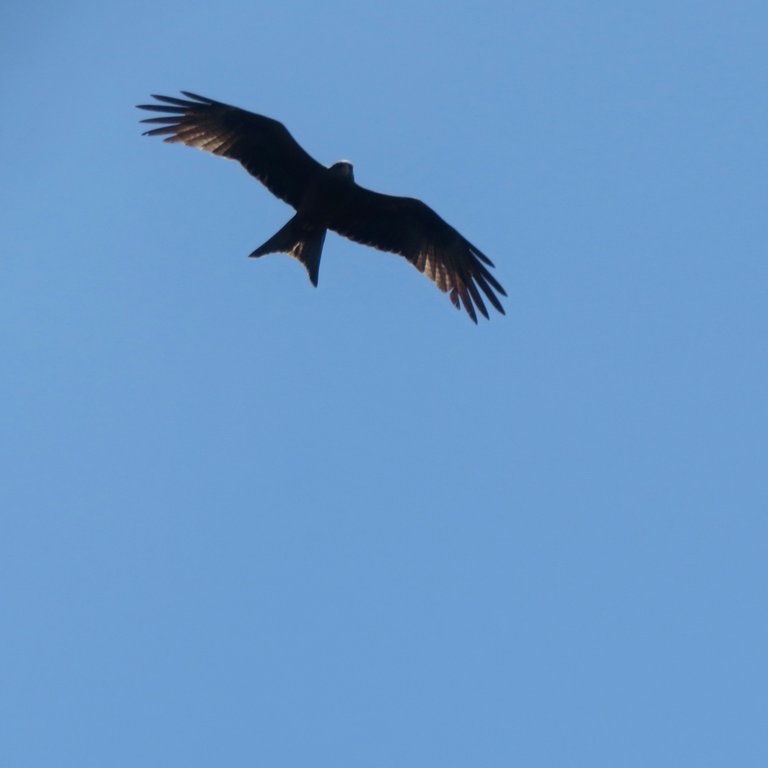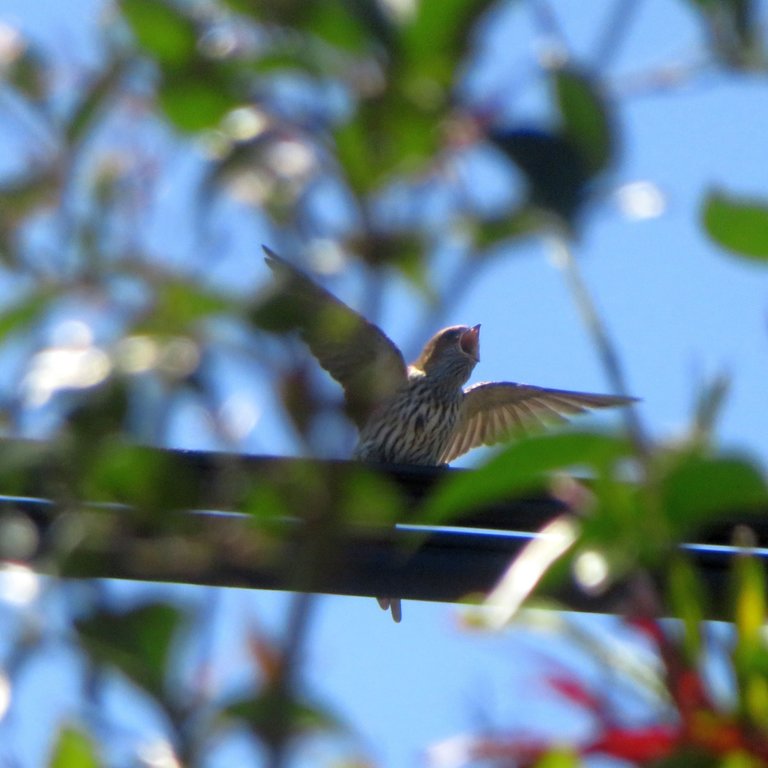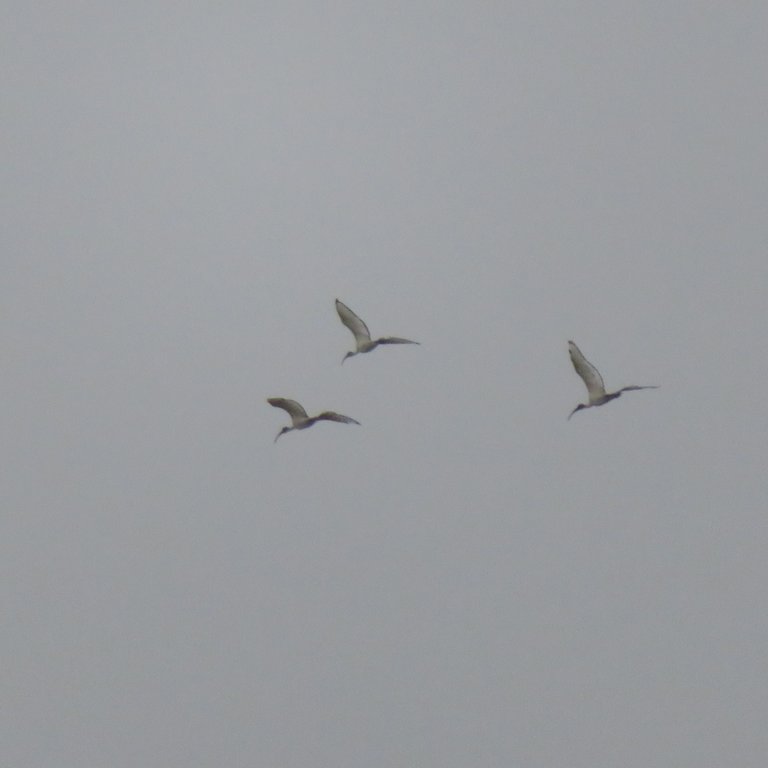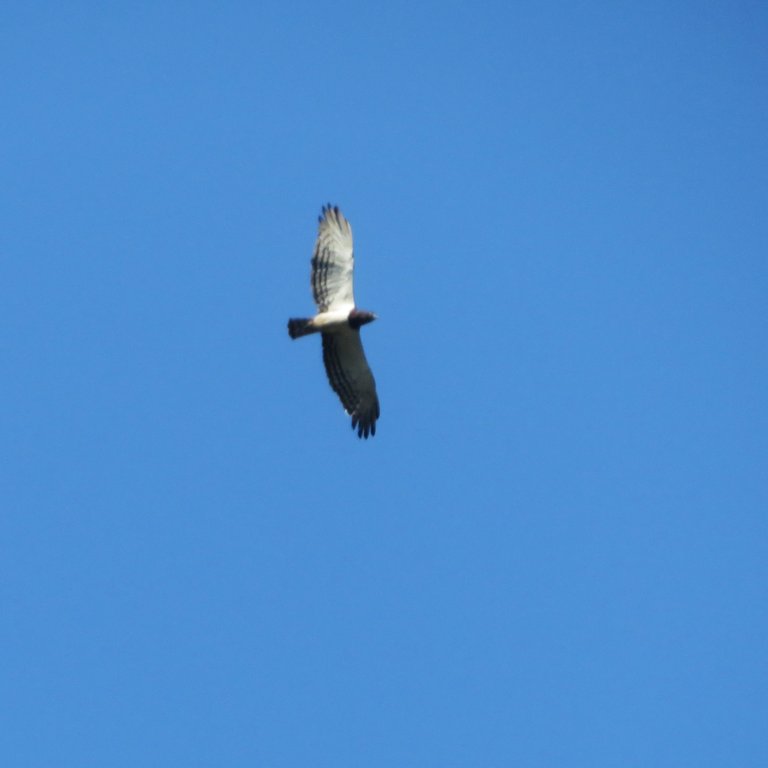Calendar 2023 Bird Photography KwaZulu-Natal South Africa
January: Cape White-eye - Zosterops virens Hear their characteristic song then look long and hard into the green habitat they enjoy, normally woody areas to forests or mountain scrub, primarily feed on insects, will take nectar and fruit. Small little bird weighing in around 11g with body size of 12 cm, no wonder they are like little elves hiding in nature very seldom seen out in the open where I live.
February: Purple-Crested Turacos (Loeries) - Gallirex porphyreolophus Gracefully swing in and out of gardens another difficult to capture in the open, normally hear their distinct call most days glimpsing beneath scarlet red wing in swift flight between trees.
March: Southern Masked Weaver - Ploceus velatus, female Weavers in town are plentiful we most definitely have two species in the garden alone visiting daily, watching their acrobatics while building are something that will keep you entertained over a couple of days. Constantly building, wooing the ladies rushing to and fro, always a pleasure to see our regulars.
April: Giant Kingfisher - Megaceryle maxima April surprise, not an April fool for once. Visit to the river produced a good sighting of the largest kingfisher of Africa perched, obviously waiting, watching for food in water below. Dagger like bill will be sure to not miss, they do hover above the water, appear to prefer short drive from branch.
May: Pin-tailed Whydah - Vidua macroura, Female/nonbreeding male This may well be the male outside of breeding season, a month or so later I noticed the start of change toward dramatic change, when he is so in love with himself, long tail (additional 20cm) chasing all the ladies predominantly in black and white feathers.
June: Red-capped robin-chat or Natal robin - Cossypha natalensis Stunning burnt orange with slate-grey wings, slightly darker tail feathers, found in our sub-tropical region. Breeding on the ground in dry gully bank, rotten hole or crevice in branch, I have hidden spaces they may find to be suitable in the garden. Size around 16cm able to mimic up to 40 other kinds of birds around, picks up whistling of a human, or bark of a dog quite something in a small package!
Halfway Through The Year, You Still With Me....
July: Fork-tailed drongo or common drongo - Dicrurus adsimilis Medium sized 25cm glossy black spread across South Africa, not seen in arid dry regions. In flight lifting insects is mainly where we see them, secretive near nest while breeding, known to mob much larger raptors when nest is threatened.
August: African woolly-necked stork or African woollyneck - Ciconia microscelis Glossy black-and-purple plumage, white 'woolly' neck and head, partial under-belly, soaring gracefully above, we find five or six at a time of late. Rivers leading to the sea are plenty in our region to find fish, amphibians, snakes, lizards, crabs and whatever else they feed on.
September: White-bellied sunbird - Cinnyris talatala Male has iridescent blue-green upperparts and head, bold white belly and broad purplish breast band, although he is majestically dressed she is a small grey-brown little bird another regular in the garden in full song at the moment, big voice for tiny 6 - 9g little sunbird.
October: White-eared barbet - Stactolaema leucotis Small, distinctive dark-brown and white barbet, always a with white stripe behind the eye. Feeds mainly on fruit especially the wild figs when ripe. Building nest into tree trunk similar to woodpecker they breed now during our Summer months.
November: Yellow-billed kite - Milvus aegyptius Common bird of prey on the African continent, arrive in our region between August and May each year, breed during Summer in South Africa, then migrate North during our Winter months. During courtship fly acrobatically calling to each other in a wonderful display.
December: Lesser striped swallow - Cecropis abyssinica Pretty small neat swallow, distinctive burnt-orange skullcap extending onto the cheeks like a helmet, a rufous rump, and boldly streaked underparts. Arrive in Summer to breed down South then move back North into Africa to Winter, ideal living constructing mud nests on verandahs, under bridges most safe dry places. New fledgling waiting for mother to fly by and feed whilst on wing.
African sacred ibis - Threskiornis aethiopicus Three in flight close onto sunset changing rivers for the night perhaps. Wading birds with long necks and bald, dull grey-black heads. Their eyes are brown with a dark red orbital ring and the bill is long, downwardly curving, depicting Thoth by ancient Greeks their god of writing, wisdom and magic. A little extra Christmas special seeing them.
Black-chested Snake Eagle - Circaetus pectoralis Adult medium-sized, mostly brown eagle with yellow eyes, no spots seen on white belly. In flight it has brown-barred white wings. Nomadic on 1.8 m wings, roaming in search primarily for snakes and lizards, eat whilst in flight on occasions much larger then their 1.5kg weight. Closing off the year with one not seen above previously, so a great sighting for something different in 2023.
As seasons change, birds come and go, many stay, hopefully it's in good company. All photographs not previously used during the year, yes I went through to check I take sooo many always seconds or thirds, sounds like Christmas pudding servings.
Wishing All a Wonderful 2024 Walking Always Look Up, Down, Sideways, Oh never miss anything if you can help it!

All photography is my own using Canon Powershot. Any queries or requests please drop a comment below or make contact with me, have a wonderful day! Photography without tripod, go with the flow wherever life takes you.
Thought for Today: "The sky is wide enough for two birds to fly without their wings touching.. African Proverb.



